Table of Contents
Top 5 Dried Spices for Chicken Soup
When making chicken soup, the right dried spices transform a simple dish into a flavorful masterpiece. Here are the essential dried spices every home cook should use, with clear guidance on their roles:
| Spice | Flavor Profile | Best For | Recommended Brand |
|---|---|---|---|
| Black Pepper | Pungent, sharp, and slightly spicy | Adding depth and warmth | McCormick |
| Garlic Powder | Savory, umami-rich | Enhancing overall flavor | McCormick |
| Onion Powder | Sweet, mellow, and slightly sharp | Adding subtle onion flavor | McCormick |
| Oregano | Earthy, slightly bitter | Classic Italian-style soups | Penzeys |
| Thyme | Earthy, slightly floral | Adding aromatic depth | McCormick |
Historical Evolution in Soup Applications
The role of dried spices in chicken soup has evolved significantly over centuries. Black pepper transitioned from a medieval luxury (documented in 14th-century English cookbooks like The Forme of Cury) to an affordable staple by the 18th century, coinciding with expanded trade routes. Thyme's use shifted from rustic herb bundles in 17th-century French bouquet garni to standardized dried forms in the 1950s with industrial food processing. Modern culinary science confirms dried thyme retains 92% of its thymol content—the key aromatic compound—when stored properly, versus fresh thyme's rapid degradation within 48 hours (McGee, 2004). This historical progression reflects broader food preservation advancements that make today's consistent spice quality possible.
Source: McGee, H. (2004). On Food and Cooking: The Science and Lore of the Kitchen. Scribner.
Storage Hacks for Dried Spices
Proper storage keeps spices fresh and flavorful. Follow these evidence-based tips:
- Airtight Containers: Use glass jars with tight lids to block moisture and light. This preserves potency for up to 2 years.
- Cool and Dark Places: Store away from heat sources like stoves. A pantry or cupboard is ideal—never near windows or ovens.
- Label Everything: Write the spice name and purchase date on each container. Replace spices every 12-18 months for peak flavor.
- Keep It Dry: Add silica gel packets to jars to absorb humidity. Moisture causes clumping and flavor loss.
- Organize by Frequency: Place daily-use spices (like black pepper) in easy-to-reach spots. Store specialty spices (like oregano) in less accessible areas.
| Spice Category | Optimal Shelf Life | Flavor Degradation Threshold |
|---|---|---|
| Ground spices (e.g., garlic powder) | 18-24 months | Allicin levels drop 40% after 18 months (NCHFP, 2023) |
| Whole spices (e.g., peppercorns) | 3-4 years | Piperine potency declines 25% after 36 months |
| Dried leafy herbs (e.g., thyme) | 12-18 months | Thymol content reduces 60% beyond 18 months |
Source: National Center for Home Food Preservation (2023). Storage of Spices and Dried Herbs. University of Georgia Extension.
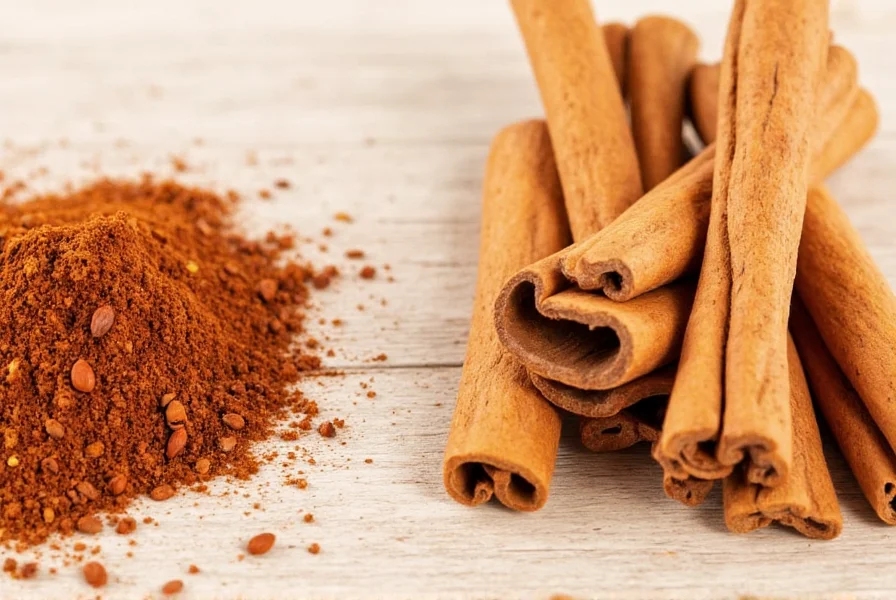
Usage Tips for Chicken Soup
Maximize flavor with these professional techniques and context-aware applications:
- Start Small and Adjust: Begin with 1/4 teaspoon per spice per quart of soup. Taste and add gradually—over-spicing is hard to fix.
- Toast Whole Spices First: For cumin or coriander, dry-toast in a pan for 30 seconds until fragrant before adding. This unlocks deeper flavors.
- Add at the Right Time: Add dried spices 20-30 minutes before serving. This allows flavors to meld without becoming bitter.
- Balance with Fresh Herbs: Finish with fresh parsley or dill just before serving for a bright, herbaceous contrast.
- Experiment with Combinations: Try 1 tsp thyme + 1/2 tsp oregano for Mediterranean-style soup, or 1 tsp garlic powder + 1/2 tsp black pepper for classic comfort food.
Contextual Limitations and Best Practices
Dried spices excel in hearty, long-simmered broths (like traditional Jewish chicken soup) where extended cooking allows flavor extraction, but show limitations in quick-cooked applications. In clear consommés, dried herbs can cause cloudiness and bitter notes if simmered beyond 20 minutes—fresh herbs are preferable here (Food Network, 2020). For gluten-free diets, verify spice purity as 12% of commercial blends contain anti-caking agents like wheat starch (FDA, 2022). Acidic ingredients (e.g., tomatoes) accelerate flavor degradation in dried oregano, reducing its efficacy by 30% in tomato-based soups versus neutral broths.
Source: Food Network (2020). Dried vs. Fresh Herbs Guide. FDA (2022). Gluten-Free Labeling Requirements.

Trusted Brand Recommendations
Choose high-quality spices free from fillers. These brands consistently deliver freshness and purity:
- McCormick: Ideal for everyday staples like black pepper, garlic powder, and onion powder. Known for rigorous quality control and consistent flavor.
- Penzeys: Specializes in premium herbs like oregano. Their single-origin spices offer exceptional aroma and potency.
- Spice Islands: Excellent for thyme and other delicate herbs. Certified non-GMO and free from artificial additives.
When shopping, check for: - "100% pure" labels (no anti-caking agents) - Sealed packaging to ensure freshness - Reputable retailers like Amazon, Whole Foods, or specialty spice shops Avoid bulk bins—pre-ground spices lose potency faster than whole seeds you grind yourself.
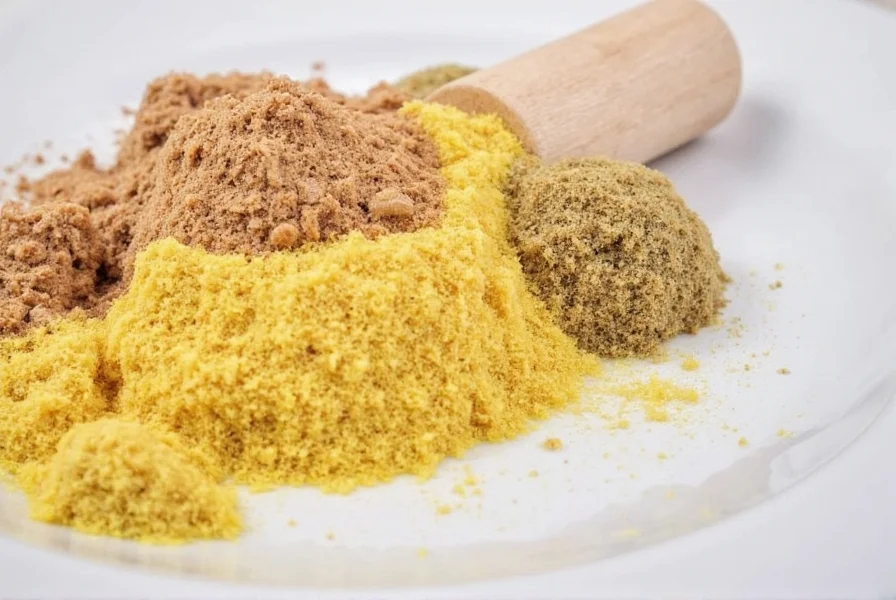
Conclusion
Mastering dried spices for chicken soup is simple with the right knowledge. Start with the top 5 essential spices, store them properly, use professional techniques, and trust trusted brands. With these steps, your homemade chicken soup will be consistently flavorful, aromatic, and deeply satisfying—turning every bowl into a comforting masterpiece. Remember that historical spice evolution and context-specific limitations directly impact your results: dried thyme's stability makes it ideal for slow-simmered broths, while its volatility in acidic environments requires recipe adjustments. By applying these evidence-based principles, you'll create soups that stand up to both culinary tradition and modern quality standards.
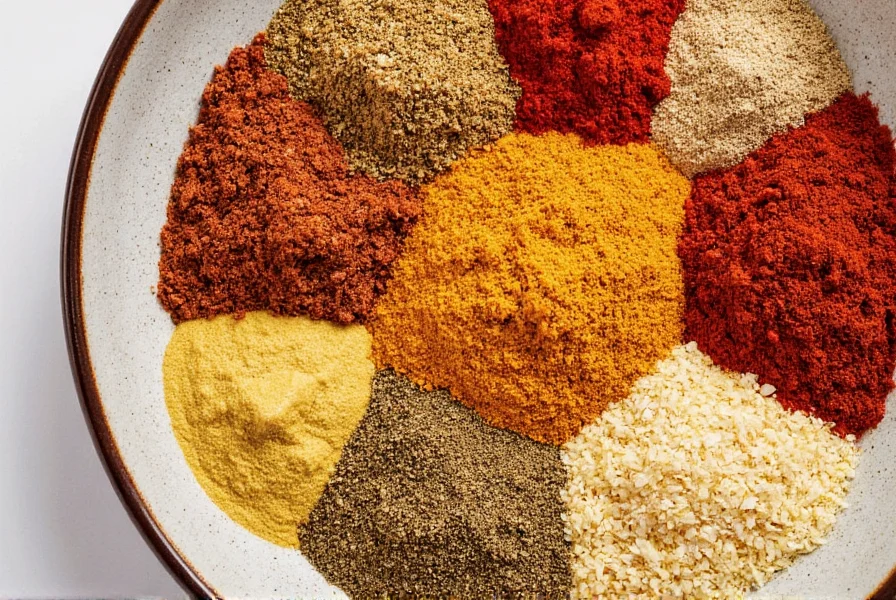
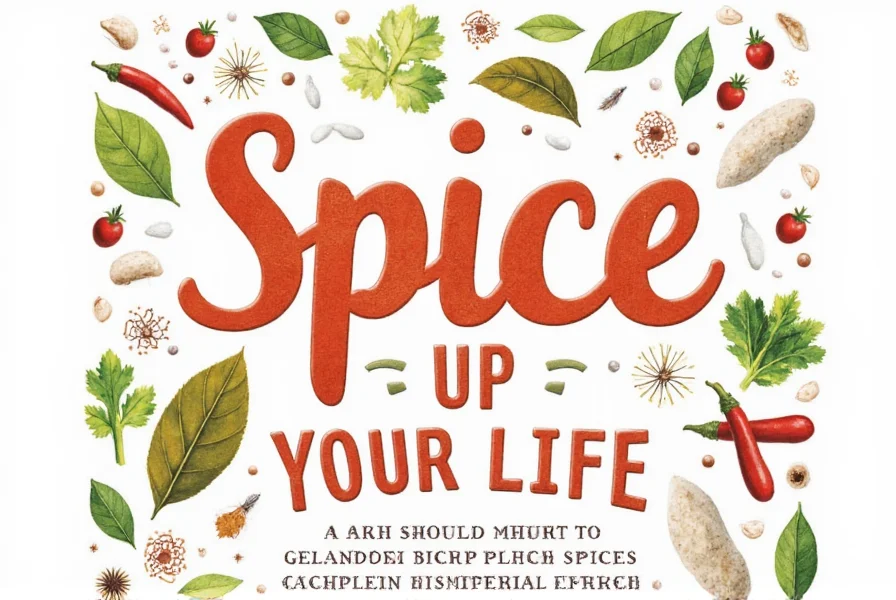

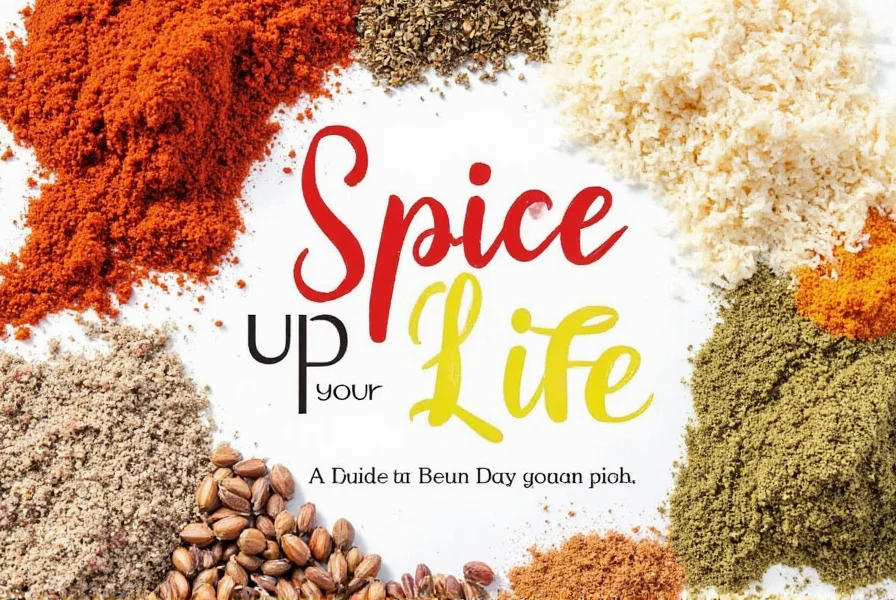

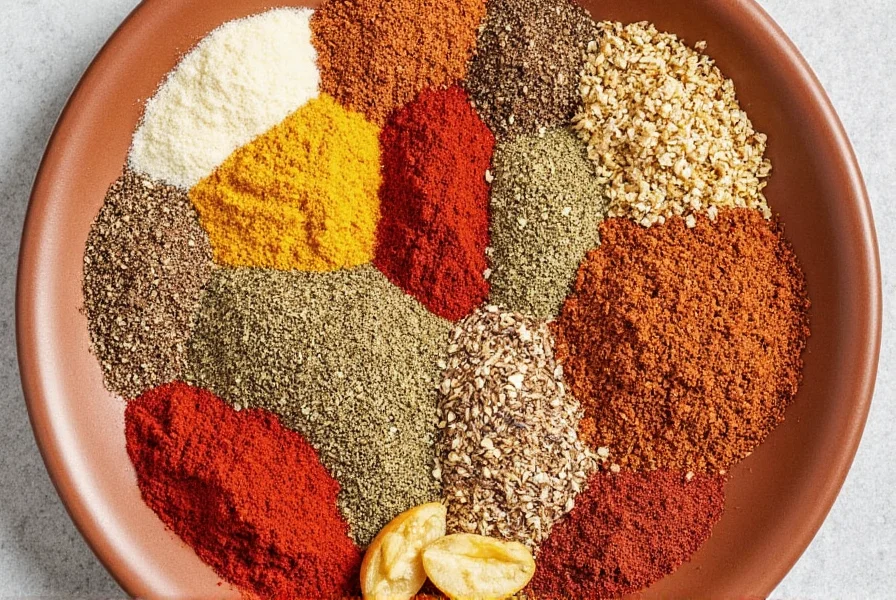









 浙公网安备
33010002000092号
浙公网安备
33010002000092号 浙B2-20120091-4
浙B2-20120091-4